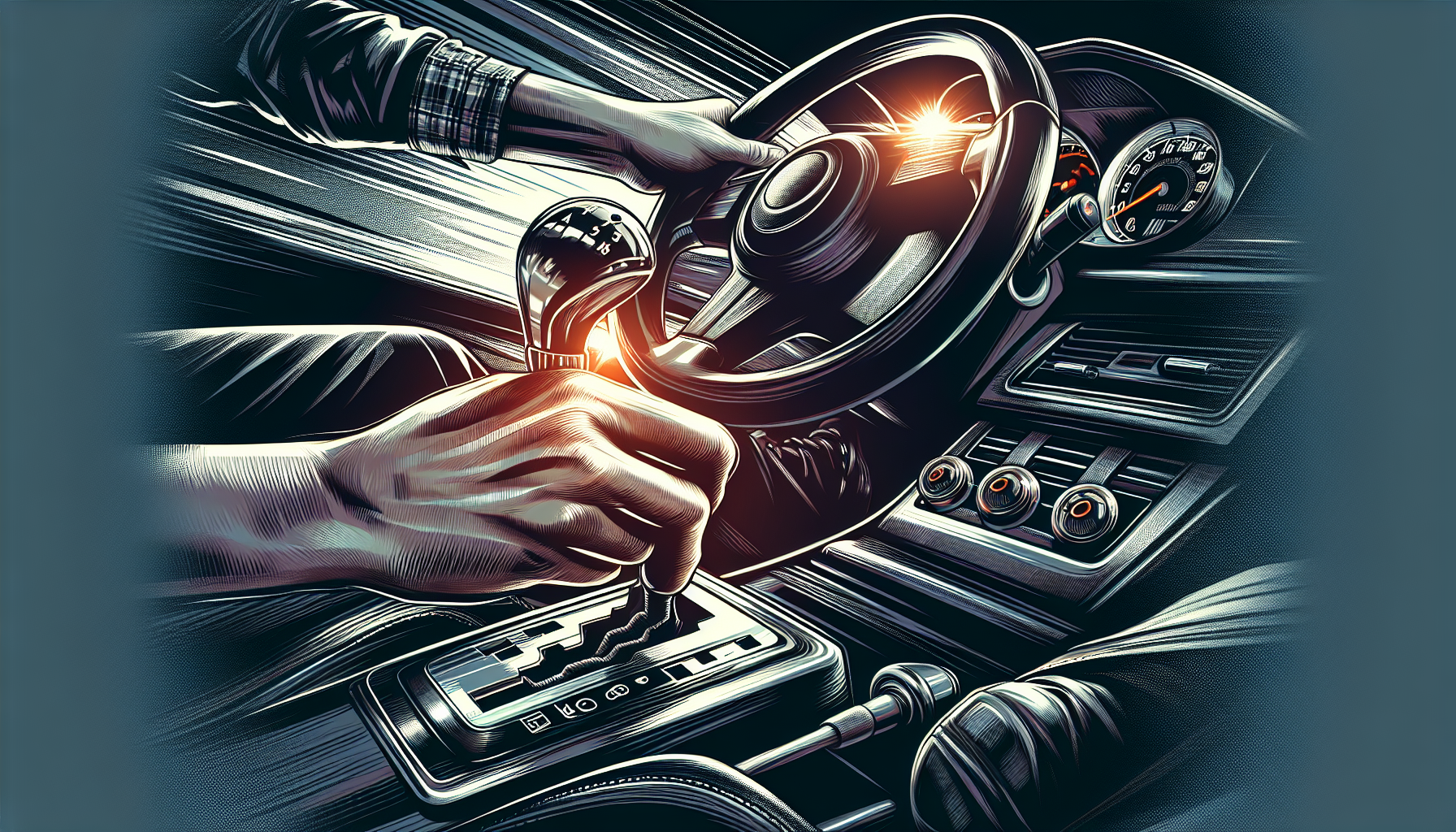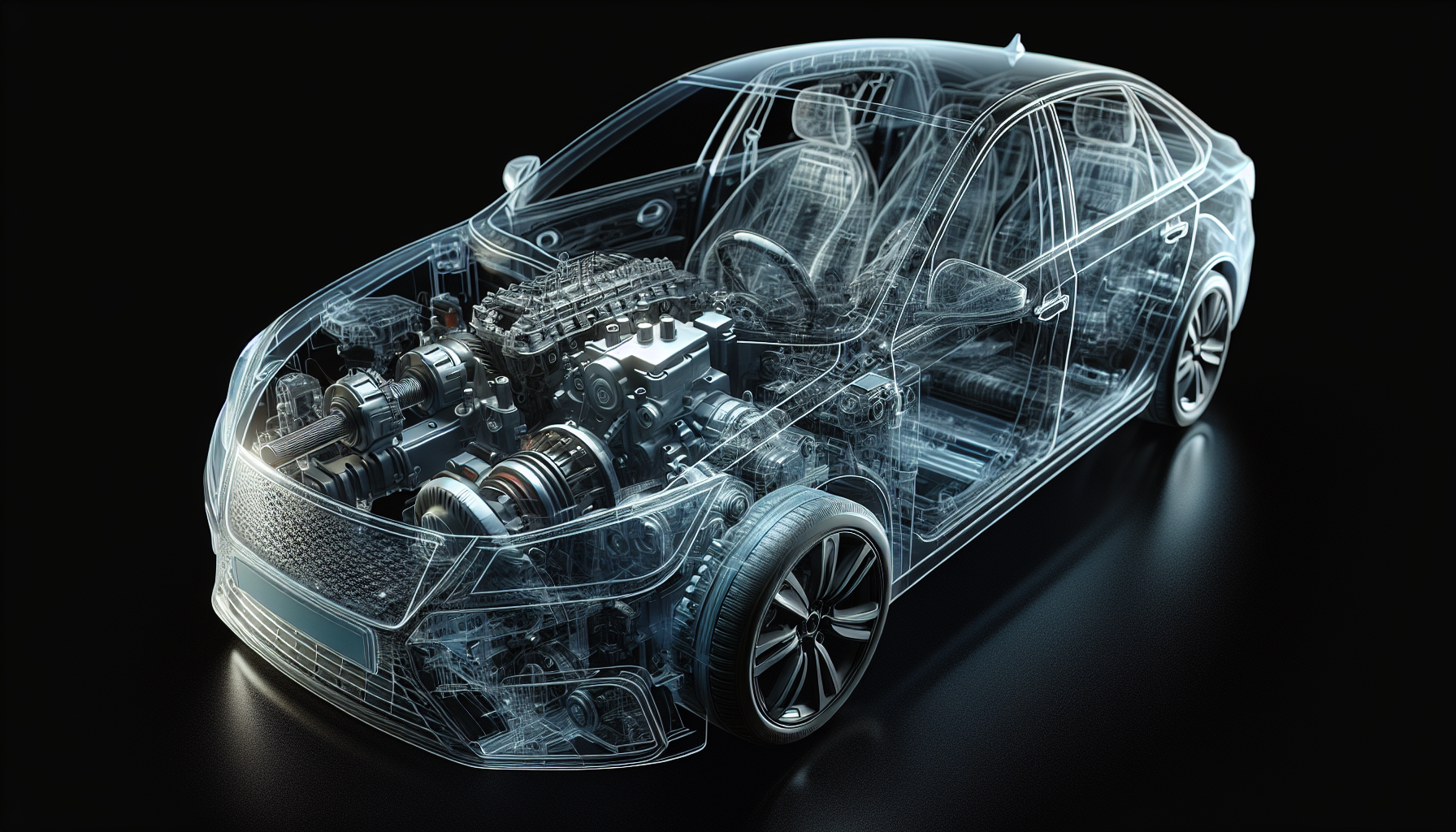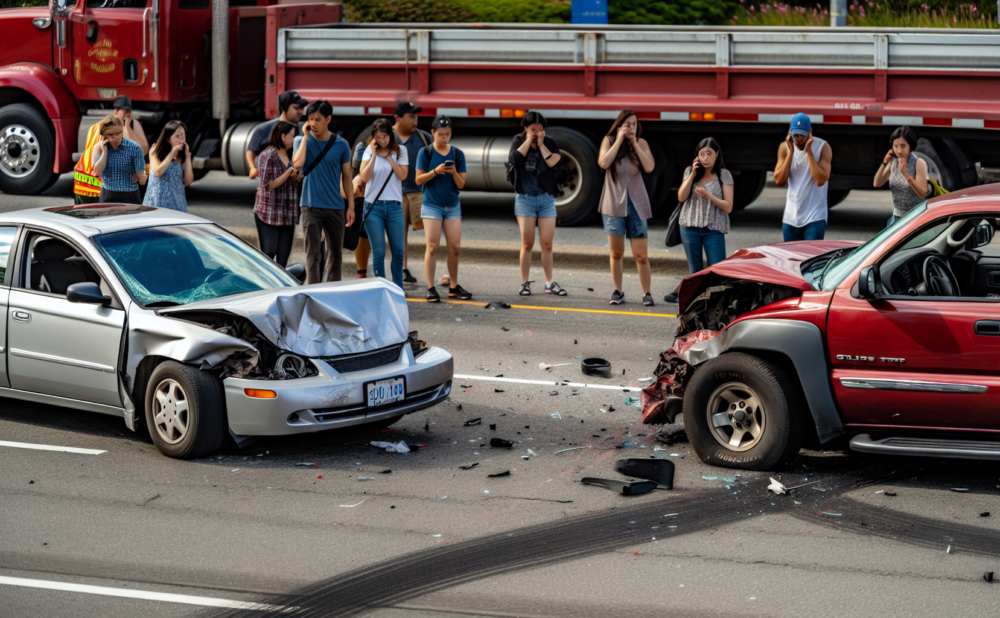Investigating the connection between transmission types and car accident rates, one question often arises: are manual or automatic cars safer? Without the fluff, this article dives into the real-world data, compares the safety features of both transmission types, and examines how they fare under different driving conditions. We’ll also look at what studies suggest about the ‘car accident rate manual vs automatic’ to help you understand the nuances of transmission safety.
Key Takeaways
-
- The type of transmission (manual or automatic) does not play a significant role in car accident rates, as factors such as driver experience and road conditions are more critical in determining vehicle safety.
-
- When analyzing the Car Accident Rate Manual vs Automatic, automatic cars, particularly newer models, often include advanced safety features such as lane departure warnings and automatic emergency braking, which contribute to decreased accident rates.
- While manual transmissions offer greater control under certain driving conditions, creating an engaging driving experience, automatic transmissions provide ease of use and may be safer for less experienced drivers by allowing them to focus more on driving rather than gear shifting.
Transmission Types and Car Accident Rates

Jumping right in, the type of transmission alone doesn’t significantly influence car accident rates. It’s a complex interplay of factors like driver experience, road conditions, and adherence to traffic rules that play a significant role in vehicle safety.
Sure, automatic cars offer a degree of safety as they allow drivers to focus more on the road without managing gear changes. Nevertheless, the key to safe driving, be it in a manual or automatic, lies in caution and attentiveness.
The Role of Driver Engagement
Manual drivers, who often prefer manual vehicles, are considered more attentive due to the constant need for gear engagement. This hands-on approach can potentially reduce driver errors, enhancing engagement with the vehicle.
Conversely, automatic cars free up the driver’s attention for the road and surroundings, minimizing the distraction of gear shifting. It’s a balancing act that varies with the driver’s skill and comfort level.
Advanced Safety Features in Automatic Cars

Especially in newer models, automatic cars boast advanced safety features and assistive technology aimed at preventing accidents. These features, which are more frequently incorporated into automatic cars compared to their manual counterparts, include:
-
- Lane departure warning systems
-
- Forward collision warning
-
- Automatic emergency braking
-
- Adaptive cruise control
-
- Blind spot detection
-
- Rearview cameras
These features have been instrumental in decreasing accident rates.
The deployment and enhancement of automated driver assistance systems have further boosted the safety of automatic vehicles compared to earlier models.
Driving Conditions and Transmission Choice
The choice of transmission has a significant bearing on how a vehicle performs under varying driving conditions. Automatic transmissions minimize the challenge of driving in hilly areas, preventing stalling and facilitating easier vehicle management. In contrast, manual transmissions provide greater control over the vehicle, which can be especially helpful on icy roads or when precision driving is required.
Pros and Cons of Manual and Automatic Transmissions
Each transmission type comes with its unique set of pros and cons. Manual cars, for instance, offer the thrill of driving and vehicle control, while automatic cars are hailed for their ease of use and convenience. However, when considering the Car Accident Rate Manual vs Automatic, it’s important to note that factors like driver experience and road conditions play a more significant role in safety. Driving a manual car can be tiring, especially in heavy traffic, whereas automatic cars can be more complex and thus incur higher costs.
Repairs and maintenance for automatic transmissions tend to be pricier than for manual ones.
Control and Responsiveness in Manual Cars

Manual transmissions, with their clutch-based gear change, give drivers superior control over the vehicle’s driving dynamics. The gear ratios in manual transmissions can be adjusted by the driver to ensure efficient power distribution, suitable for the specific demands of the driving situation. Some advantages of manual transmissions include:
-
- Better fuel efficiency
-
- More control over the vehicle’s acceleration and deceleration
-
- Increased engine braking
-
- Lower maintenance costs
Overall, a manual vehicle with its manual transmission offers a more engaging and customizable driving experience.
However, in areas with a lot of hills, manual cars require more frequent gear shifts to ascend steep roads effectively.
Ease of Use and Convenience in Automatic Cars
Due to their straightforward operation, automatic cars are often deemed safer for beginner drivers. They handle stop-and-go traffic more smoothly, eliminating the need for constant clutch use and gear shifting.
Studies suggest that automatic transmission cars might be slightly safer as they allow drivers to focus more on driving without the distraction of gear shifting, unlike stick-shift vehicles.
Analyzing Accident Data and Studies
Digging deeper into studies, it appears manual transmissions might have a marginally higher accident rate than automatic ones. This suggests a trend towards safety with automation, as automatic transmissions could potentially contribute to reduced accident risks. However, the data indicates a complex relationship between transmission types and accident rates, with some evidence pointing towards a lower risk for automatic vehicles in certain scenarios.
Interestingly, while manuals may show a slightly higher overall accident rate, the difference in fatality rates between transmission types is not significant.
UK and Japanese Studies
Notably, there aren’t any UK studies that correlate car transmission type directly with accident likelihood.
In contrast, a 2008 study from Japan discovered that automatic vehicles had higher accident rates in most scenarios, with the exception of head-on collisions and fatal crashes, as compared to those following a car accident rate manual.
Limitations of Current Research
Despite these findings, bear in mind that multiple factors, not just transmission type, influence the connection between transmission types and accident rates. Current research is not definitive in determining whether manual or automatic transmissions are safer, as they do not account for all the various factors that contribute to accidents.
Making a Decision: Manual or Automatic for Safety?
The decision between manual and automatic for safety doesn’t have a universal answer. It’s about finding the right fit for your personal driving style and preferences. If you’re prone to driving distractions, a manual transmission might keep you more engaged and potentially safer on the road. However, the safety benefits of manual versus automatic cars are greatly influenced by the driver’s habits and attention levels.
Evaluating Safety Features

Automatic cars feature safety mechanisms in the gearbox, like preventing the car from starting in gear unless the brake is applied. On the flip side, manual transmission provides drivers with more direct control of the vehicle, which can be a significant safety advantage in unusual driving conditions for those who have the necessary skills.
Considering Personal Preferences and Driving Experience
Ultimately, the safety of manual versus automatic cars hinges on driver experience and comfort with the respective transmission types. It’s essential to take into account your comfort level and familiarity with the transmission type when making a decision.
Insurance Rates and Transmission Types
While transmission type might influence insurance rates, it’s usually not the primary determinant. Manual cars often cost less to insure compared to automatic cars, mainly due to the higher cost of equipment in automatic transmissions. However, car insurance rates are more significantly affected by factors such as:
-
- the driver’s age
-
- credit score
-
- driving history
-
- location
-
- gender
-
- expected annual mileage
-
- insurance history
then by the type of transmission. So while there may be a minimal difference in insurance rates between manual and automatic cars, it generally should not be a deciding factor when choosing a car based on potential insurance savings.
Tips for Safer Driving Regardless of Transmission Type
Regardless of your transmission choice, certain universal safe driving tips hold true. Here are some important tips to keep in mind, which are part of safe driving practices:
-
- Obey posted speed limits and be cautious of steep grades and wildlife, especially at night.
-
- When going up a steep grade, turn off the air conditioning and open windows to reduce strain on the engine.
-
- Stay well within your lane on winding mountain roads and keep extra distance from vehicles you are following.
-
- Ensure sufficient fuel levels when traveling through remote areas.
-
- Allow for passing by driving slowly in turnouts or on straightaways in mountainous regions.
Finally, once you’ve reached the summit, let the vehicle cool down by either idling the engine or using the heater to dissipate some engine heat.
However, despite following all the rules and observing all the safety measures, accidents can happen. Remember to contact a car accident lawyer promptly whenever you find yourself in any such situation to safeguard your legal rights.
Summary: Car Accident Rate Manual vs Automatic
To sum it up, the type of transmission doesn’t significantly impact car accident rates on its own. It’s a complex interplay of factors including driver experience, road conditions, and adherence to traffic rules that play a significant role in vehicle safety. Choosing between manual and automatic for safety depends on evaluating safety features, personal preferences, and driving experience.
Frequently Asked Questions
Does the type of transmission significantly impact car accident rates?
The type of transmission does not significantly impact car accident rates; other factors like driver experience, road conditions, and adherence to traffic rules play a more significant role in vehicle safety.
Are automatic cars safer than manual cars?
The safety of a vehicle depends more on the driver’s habits and attention levels than on whether the car is automatic or manual. It’s important for all drivers to prioritize safe driving habits.
How do insurance rates vary between manual and automatic cars?
Insurance rates are influenced more by factors like the driver’s age, credit score, driving history, location, gender, expected annual mileage, and insurance history rather than the type of transmission. Therefore, the impact of manual or automatic transmission on insurance rates is minimal.
What are some general tips for safer driving, regardless of transmission type?
To drive safely regardless of transmission type, it’s important to obey speed limits, be cautious of steep grades and wildlife, turn off the air conditioning and open windows when climbing steep grades, and ensure sufficient fuel levels, especially in remote areas.







